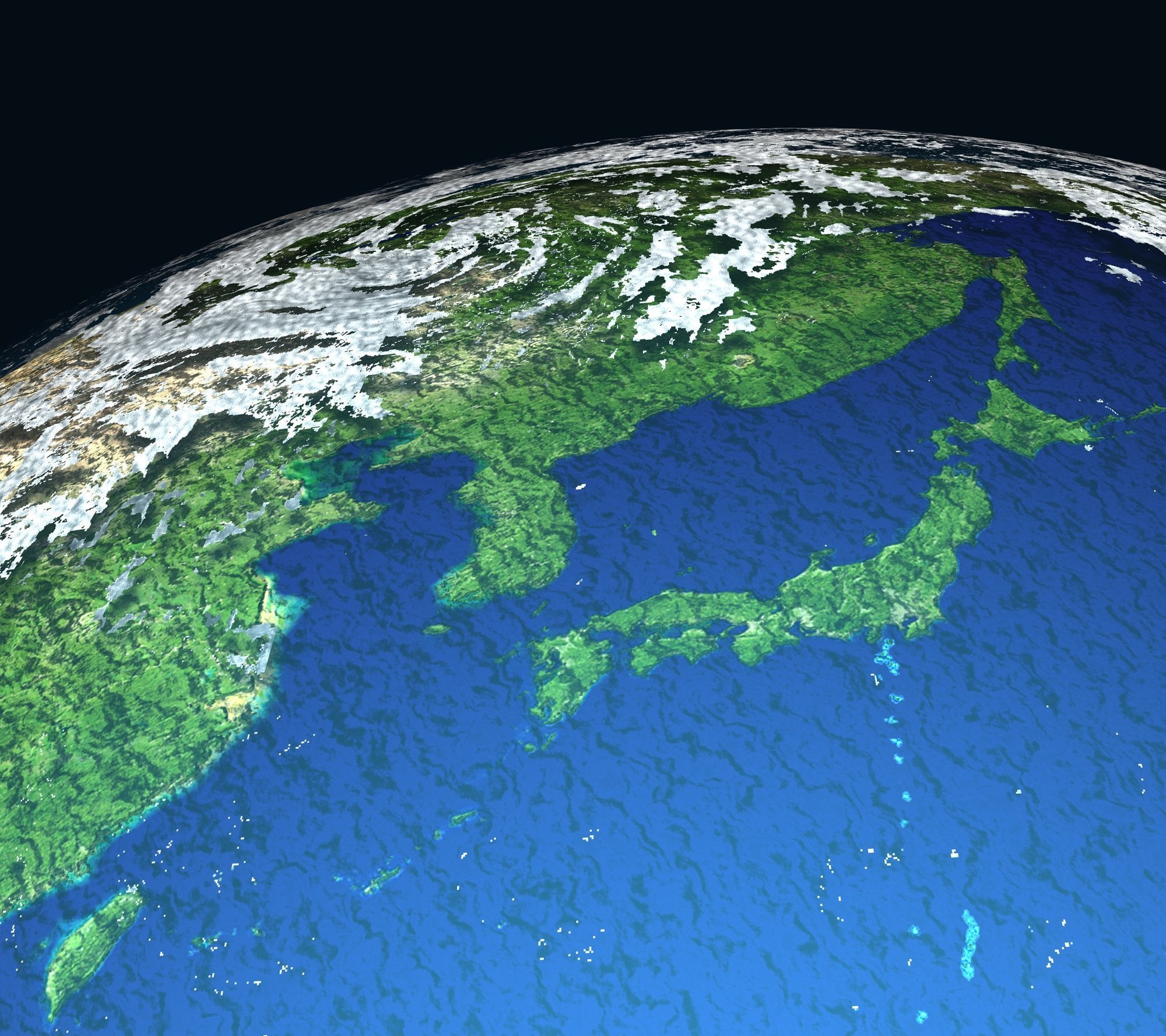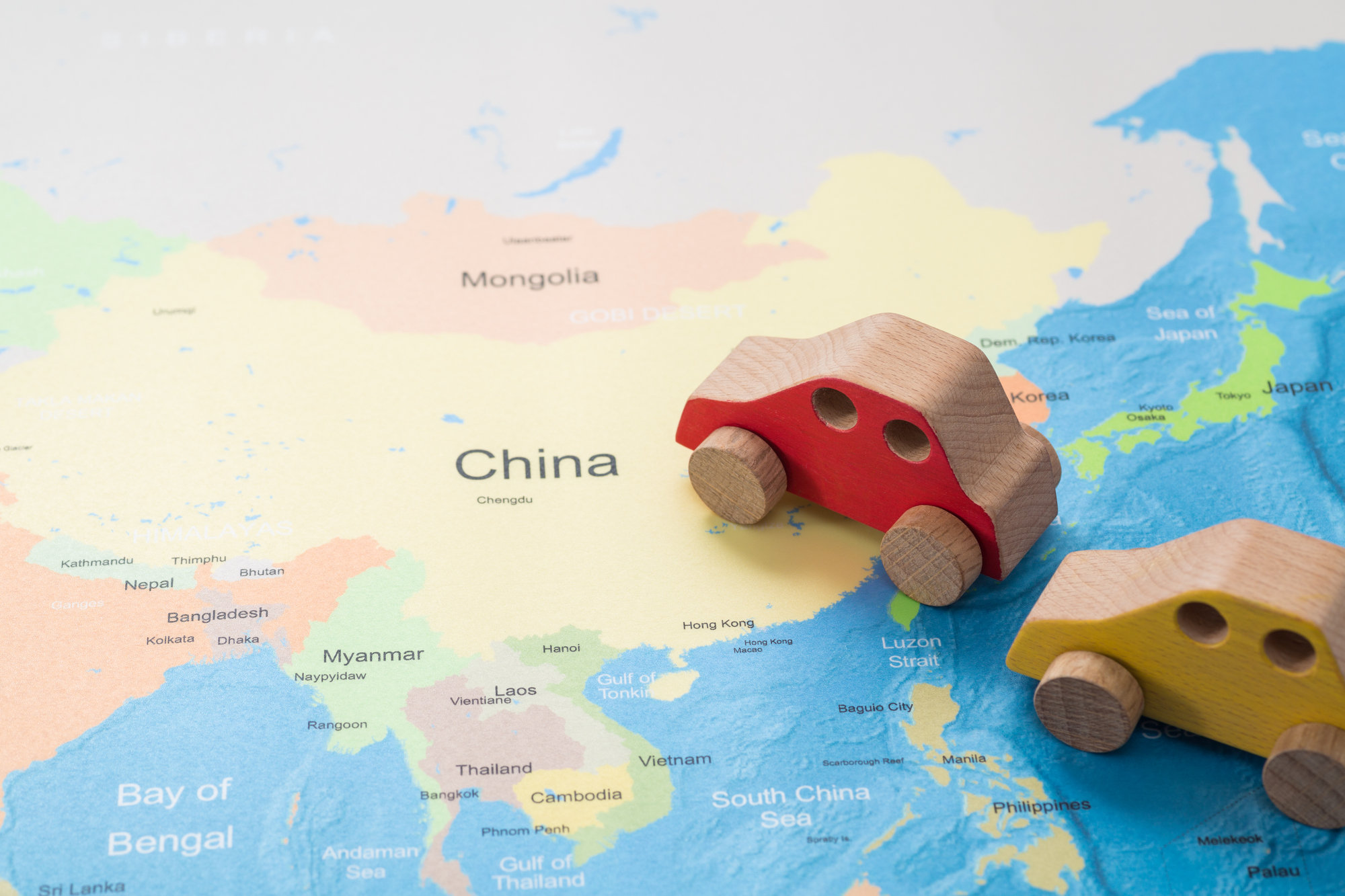2015/04/08
Junichi Fukuda, "Counteracting China's Anti-Access/Area Denial Capabilities"
[PDF version] (The article appeared originally in Japanese in IIPS Quarterly, dated January 27, 2015).
After the end of the Cold War, U.S. military dominance in the international system was taken for granted. In recent years, however, it has been noted that the U.S. has been losing its military superiority as globalization has enhanced the worldwide spread of advanced military technologies.
In this light, the concept of Anti-access/Area denial (A2/AD) capability has become a subject of attention. The term "Anti-access" (A2) means the action to hinder other nations' power projection into a theater, while "Area denial" (AD) means the action to hinder other nations' operation within a theater.
Attention is paid to the fact that, as regional adversaries improve their A2/AD capabilities, the U.S. capabilities which control global public goods are being degraded, and at the same time, the access to such global goods as the sea, air, space, and cyber spaces could be easily hindered.
In particular, China's improvement of its A2/AD capabilities has become a source of serious concern for the U.S. If China--whether in peacetime or wartime--could hinder the projection of U.S. forces into the theater of the western Pacific, its implication would be gravely serious.
This article will touch on the current nature of China's A2/AD capabilities and present ideas on how Japan and the U.S. could counteract them. Two specific ideas--a "cost-imposing" strategy and "mini-A2/AD capabilities"--will be identified.
China's current A2/AD capabilities
Its strategic status
Among the military strategies of China's People's Liberation Army (the PLA), there exist concepts that are extremely similar to the application of what is known in the U.S. as A2/AD capabilities. Examples include the concepts of the "Assassin's Mace" and the "Active Strategic Counterattack against Exterior Lines" (ASCEL).
The concept of the Assassin's Mace involves using one's capabilities to react rapidly, establish the initiative, quickly ensure superiority, prevent escalation, and resolve a conflict under favorable conditions. The concept of the "Active Strategic Counterattack against Exterior Lines" involves delivering an active, preemptive response once one's sovereignty has been violated, and aggressively attacking the enemy's operational bases in territory that is as far away as possible from the homeland.
The applications of these concepts are similar to the actions that preventing the outside power (such as the U.S.) from entering into a theater and operating freely within a theater. China had clearly focused on these ideas and capabilities after the U.S. blocked China's action during the Taiwan Strait crisis in 1996.
At the time, China sought to pressure on Taiwan by launching short-range ballistic missiles. But China was prevented from achieving its objectives when the U.S. dispatched two aircraft carrier battle groups to the Taiwan Strait. Since then, China has started its efforts to prevent U.S. forces from entering the western Pacific theater, and now, after almost 20 years, they have developed considerable A2/AD capabilities.
The following subsections outline China's A2/AD capabilities in various domains.
Ballistic and cruise missile capabilities
As well as deploying the new DF-31A and DF-41 mobile intercontinental ballistic missiles, China is also proceeding with the deployment of the DF-21C and DF-16 medium-range ballistic missiles (which have sufficient range to reach Japan), and the DF-21D antiship ballistic missile (ASBM), which would target U.S. aircraft carriers. A large number of DF-15 and DF-11 short-range ballistic missiles are also deployed along the Taiwan Strait.
There is intelligence that China is deploying the CJ-20 air-launched cruise missile as well as the DH-10 and CJ-10 land-launched cruise missiles. There are also concerns regarding China's introduction of the DF-26C mobile medium-range ballistic missile. In addition, China has conducted three test-launches of the Wu-14 (so-called hypersonic missile) in January, August, and December of 2014.
Among all these ballistic and cruise missile capabilities that China possesses, the missiles armed with conventional warheads could, in particular, represent a direct threat to Japan and the U.S. This is because China's missile attacks make Japanese and U.S. harbors and airbases in the western Pacific which have not been hardened significantly vulnerable.
Aviation capability
In terms of aviation capability, China has increased its numbers of fourth-generation aircrafts such as J-10s and J-11s. As well as proceeding with the development of fifth-generation fighter aircraft such as J-20 and J-31, China is also engaged in strengthening the so-called force-multipliers--airborne early-warning aircrafts and tanker aircrafts. Despite the fact that Japan and the U.S. currently enjoy a superiority of modern aircraft capability (particularly in terms of numbers of fourth- and fifth-generation fighters), that will be eventually challenged by China's growing number of aircrafts.
China has total of 32 airbases which target the western Pacific theater configured as three separate lines of defense--a vanguard, a middle line, and a rearguard. The first two lines are highly hardened and protected. China is also using its aviation capabilities as a political means of anti-access. In November 2013, China unilaterally announced the establishment of an "Air Defense Identification Zone" in the East China Sea and tried to restrict Japanese and U.S. activities within the zone.
Naval capability
Regarding China's naval capability, the Peoples' Liberation Army Navy (PLAN) has rapidly modernized its fleet via decommissioning old ships and commissioning many new ones. As it proceeds to commission an aircraft carrier and nuclear-powered ballistic missile submarines, China is also notably modernizing its attack submarines and major surface combatants.
Given a trend away from using many different classes of ships to using a few new advanced classes, there is a high probability that--just as in the case of aviation capability--Japan and the U.S. will soon faces serious challenges from PLAN's naval forces. Specifically, a presence of hypersonic anti-ship missiles and increasing number of attack submarines would be serious A2/AD challenges to Japan and the U.S.
It is noteworthy that, in recent years, China exercises fleet trainings beyond the first island chain frequently. While the PLAN's activities had been restricted within the "near sea" area for a long time, they currently seems to be able to project power into the "far sea" area.
Space and cyber-attack capabilities
In terms of its space capability, China has so far put into orbit at least 30 satellites that appear to be for the purpose of precision-strike support. China's original Beidou satellite navigation system started its operation in the Asia-Pacific region in October 2012. In addition, China has so far conducted four test-launches of antisatellite missiles. China seems to increase its C4ISR and anti-satellite capabilities conspicuously.
Regarding its cyber-attack capability, China appears to aim for disrupting adversaries' C4ISR capabilities in order to deny access to the theater. China has the Third department (the technical reconnaissance bureau) and the Fourth department (the electronic countermeasures and radar department) in the PLA's General Staff for these purposes, and they seem to conduct cyber-attacks and espionage against other nations including Japan and the U.S. on a daily basis.
Countermeasures by Japan and the U.S.
Assumptions on which countermeasures are premised
In light of the foregoing descriptions, the question arises of how Japan and the U.S. can counteract China's A2/AD capabilities. If China were able to hinder U.S. power projection in a conflict, this would represent a grave security challenge for the allies and partners (particularly Japan) in the western Pacific region, because it means that the credibility of extended deterrence and defense by the U.S. would be at stake.
The analysis below presumes the three assumptions regarding the countermeasures of Japan and the U.S. against China's A2/AD capabilities. First, it is assumed that Japan and the U.S. would not opt for appeasement of China (= recognition of China's sphere of influence). While it could be theoretically possible that a nation chooses a bandwagon toward a threat, it is unlikely that it would be a real policy option for Japan and the U.S. If this assumption is not made, then the argument below would be completely altered.
Second, it is assumed that China's military rise and the U.S.'s fiscal restraint will continue for a foreseeable future. It is assumed that, in the future, China will continue its military buildup according to its high rate of economic growth, and, at the same time, the long-term trend of U.S. defense budget cuts will continue as the severe fiscal conditions faced by the U.S. persist.
Third, it is assumed that Japan's fiscal difficulties will continue, and its defense expenditures will not exceed the current level for a long time. In terms of Japan's future public finances, it is assumed that, although government revenue from income and corporate taxes will grow at a sluggish rate, social security spending will rapidly increase. As a result, the cumulative fiscal deficits will constrain Japan's defense expenditure continuously.
Countermeasures for Japan and the U.S. as implied by these assumptions
The basic conclusion drawn from China's growing A2/AD capabilities and from the three assumptions above is that the era in which Japan's and the U.S.'s superiority in conventional forces was taken for granted in the western Pacific region is now coming to an end. Japan and the U.S. must develop strategies and capabilities based on the assumption that they are comparatively more vulnerable than the military forces of China.
In terms of the desirable strategies and capabilities, the author would suggest the developments of a "cost-imposing" strategy and "mini-A2/AD capabilities."
A "cost-imposing" strategy is a strategy which imposes a high cost on an adversary for a relatively low price. Such a strategy would be essential in an arms race both in peacetime and in competition for achieving superiority in wartime.
The "mini-A2/AD capabilities" hinder the power projection of an adversary by using asymmetrical methods. This could thus be viewed as turning the tables on China for its posture towards the U.S. The "mini-A2/AD capabilities" represent even more vital capabilities for Japan than the U.S., given Japan's particularly vulnerable position in geography.
The principal challenges for Japan and the U.S. in the future would appear to be to efficiently allocate defense resources and to build and share strategies and operational concepts for conflict, according to the approach outlined above.
For example, the former requires efforts to optimally allocate the defense resources based on the strategic priority, while the latter requires efforts to build and share a common strategy toward China which is based on the joint Air-Sea battle concept (recently renamed to the Joint Concept for Access and Maneuver in the Global Commons, or JAM-GC).
Conclusion
As the PLA steadily increases its A2/AD capabilities, the era in which Japan and U.S. superiority in conventional forces was taken for granted in the western Pacific region is now coming to an end. Countermeasures are required that address the difficulties for Japan and the U.S. to access the western Pacific theater.
However, Japan and the U.S. face the problem of resource constraints. Consequently, they are required to develop strategies and capabilities which addresses the reality that they are comparatively more vulnerable in the region.
In this article, the author proposes two basic ideas of "cost-imposing strategy" and "mini-A2/AD capabilities." The author also emphasizes the efficient allocation of defense resources and the importance of developing and sharing strategies and operational concepts for conflict.





